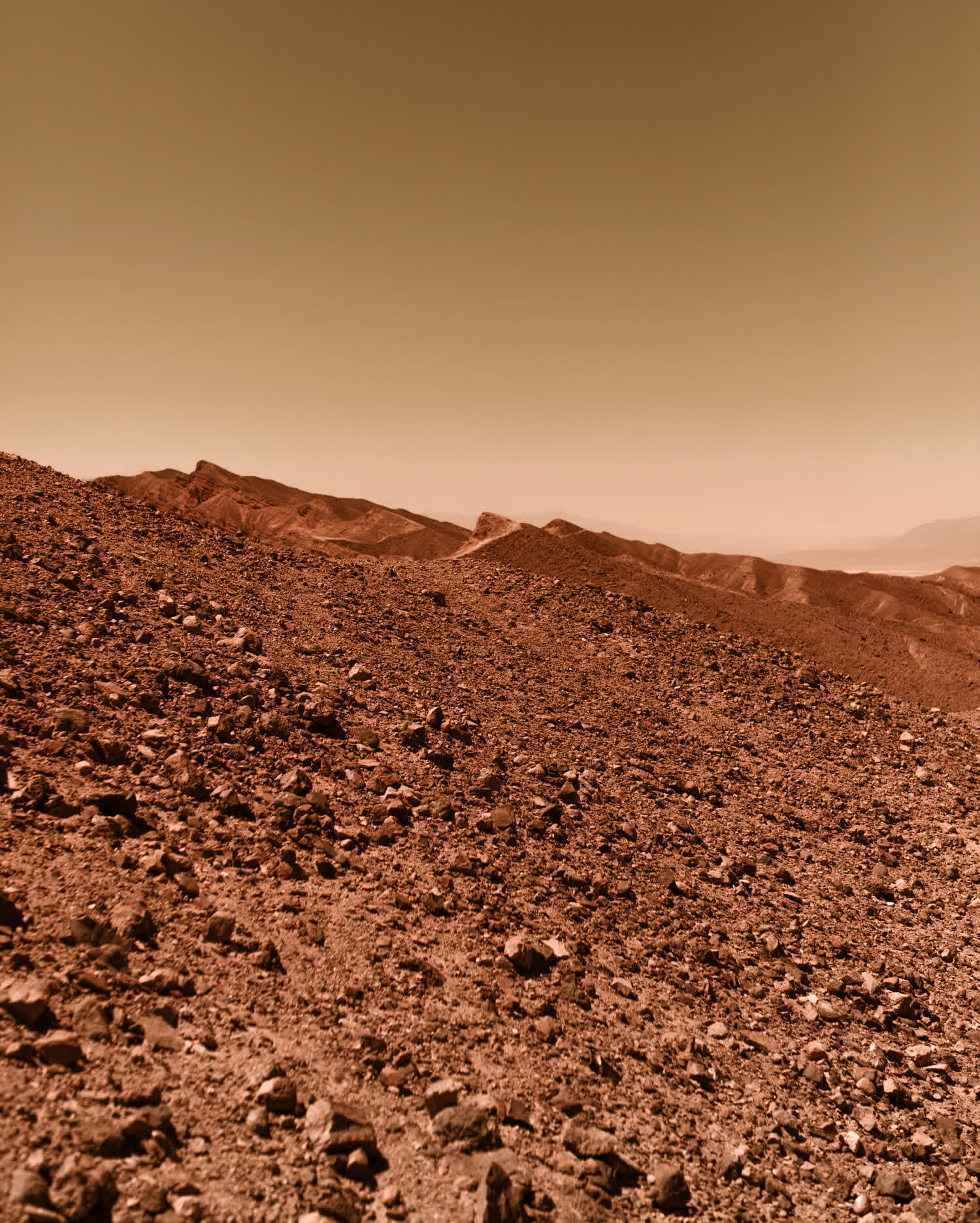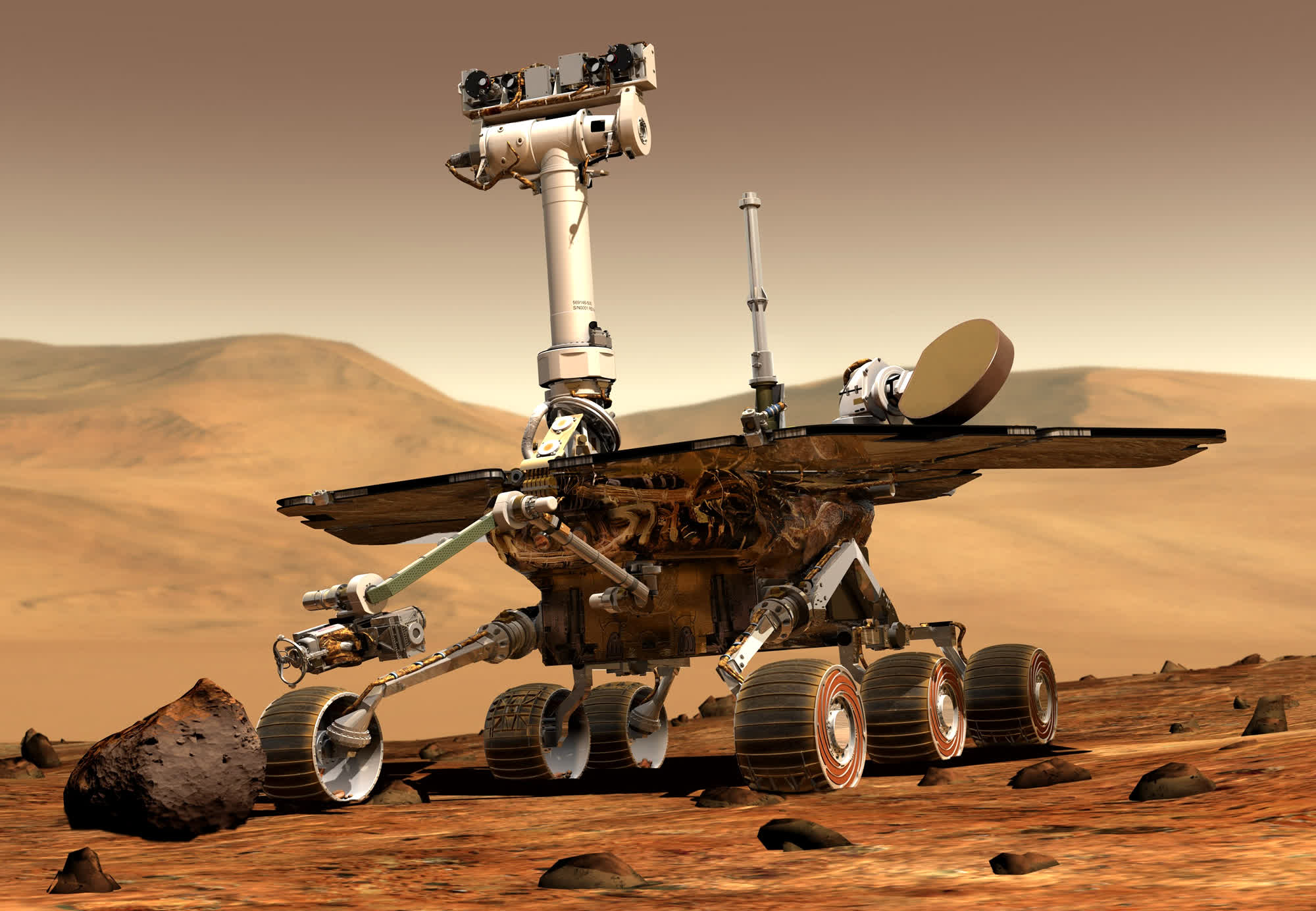Why it matters: NASA's Mars Perseverance rover has detected a diverse set of organic molecules on the surface of the Red Planet. It's not the first time organic compounds have been linked to Mars as scientists have previously detected them in Martian meteorites and in the Gale crater, but the location of the most recent discovery has piqued interest.
Perseverance touched down on the Red Planet in early 2021 and has been active ever since. The rover was designed to explore the Jezero crater, a 28-mile-wide region that scientists believe is an ancient lake basin. The rover's ultimate goal is to help find evidence that Mars may have once supported life.
The organic molecules were detected using Perseverance's SHERLOC instrument, which stands for Scanning Habitable Environments with Raman and Luminescence for Organics and Chemicals. The molecules in question are often found within minerals linked to aqueous processes, meaning it is possible they could have been formed organically in the ancient lake.
It's worth noting that organic molecules can be created by processes not related to life as we know it, and thus aren't direct evidence of life. It is also possible that they originated elsewhere, like from a meteorite impact. They were found in a massive crater, after all. Unfortunately, Perseverance's instruments have limited capabilities. Thorough analysis will only be possible in a terrestrial lab, and the good news is there are already plans to make that happen.

Perseverance has collected several core samples within Jezero crater. Together with the European Space Agency (ESA), NASA hopes to bring the samples back to Earth as part of the Mars sample return (MSR) mission. Should everything go according to plan, the samples will touch down safe and sound in 2033.
Related reading: NASA's Webb telescope marks one-year anniversary with close-up of nearby star nursery
"So far, the only Martian rocks we've ever been able to study on Earth have been meteorites. Getting our hands on intact Mars rocks, carefully stored and protected from contamination, will be invaluable to planetary science," said Joseph Razzell Hollis, a postdoctoral fellow at London's Natural History Museum.
Hollis is also an author on a research paper recently published in the journal Nature titled "Diverse organic-mineral associations in Jezero crater, Mars."
